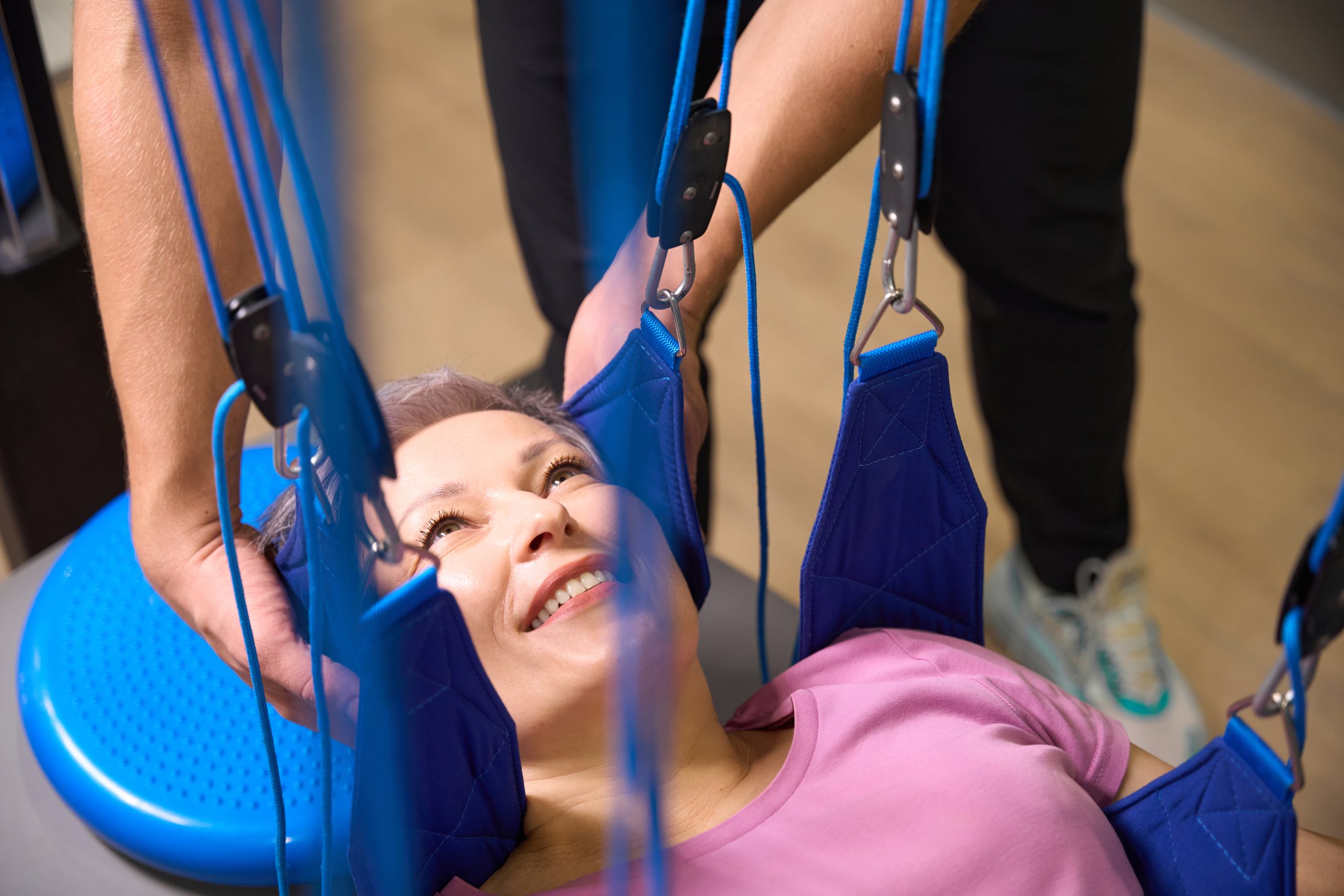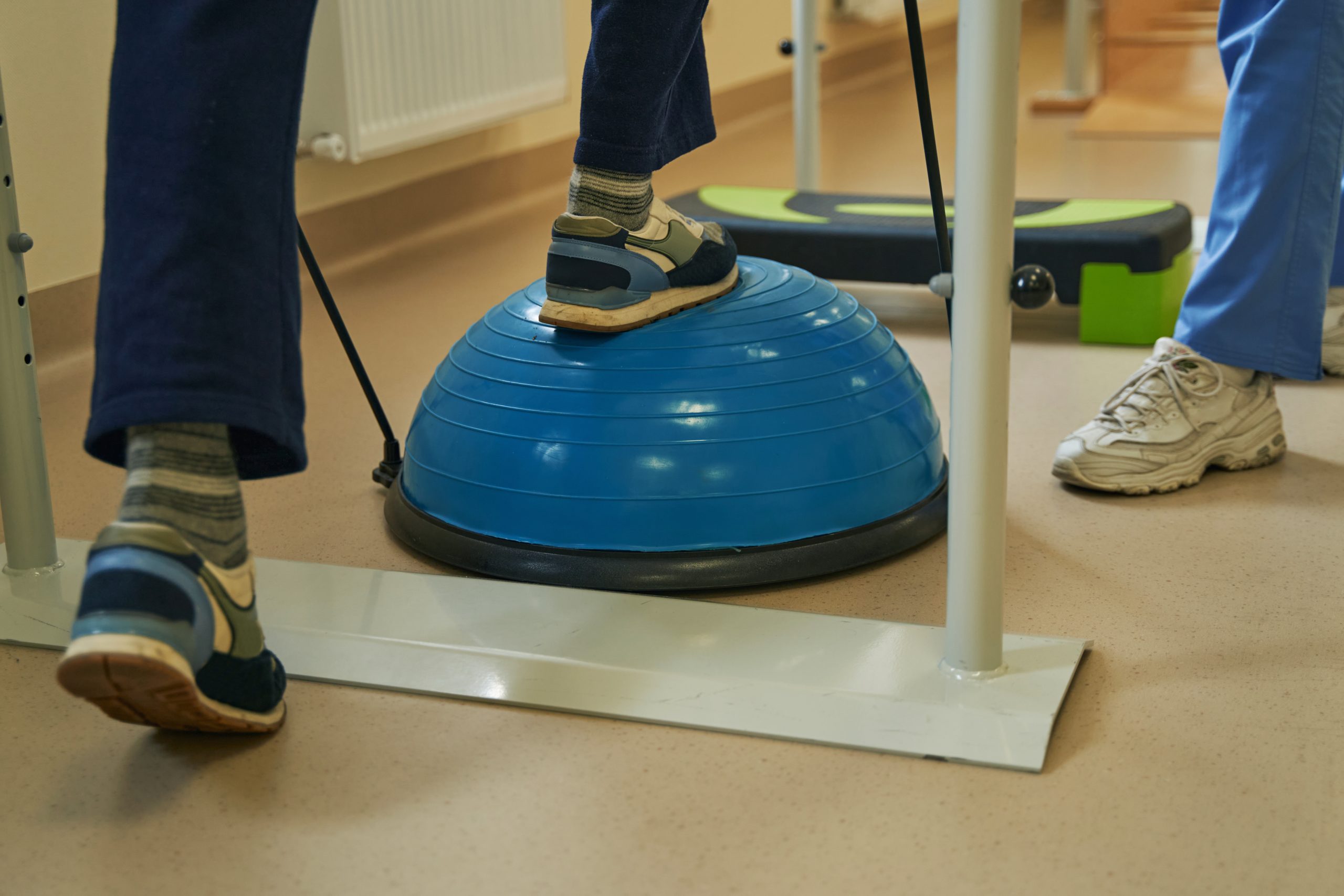Neuropathy Physical Therapy
Neuropathy
Neuropathy Physical Therapy
Physical therapy is an essential component of managing neuropathic symptoms, offering numerous benefits that go beyond basic symptom relief. For many dealing with neuropathy, physical therapy provides a pathway to improved physical function and pain reduction, primarily through exercises aimed at enhancing flexibility, core strength, muscle strengthening, and balance.

Enhancing Flexibility
One of the primary ways physical therapy aids those with neuropathy is through improving flexibility. Neuropathy can cause muscles to tighten and joints to lose their range of motion, leading to stiffness and pain. Physical therapists design specific stretching exercises that help loosen tight muscles and increase joint mobility. This not only helps alleviate discomfort but also improves the ability of patients to perform everyday activities with greater ease. Enhanced flexibility also reduces the risk of injuries that can occur from the stiffness associated with neuropathy.
Building Core Strength
Core strength is vital for overall stability and balance, which is particularly important for individuals suffering from neuropathy. A weak core can exacerbate the instability many neuropathy patients experience, increasing their risk of falls. Physical therapists focus on strengthening the core muscles through targeted exercises that enhance stability and improve posture. These exercises are crucial for maintaining functional independence and can significantly impact the management of neuropathic symptoms by providing a stronger support system for the entire body.


Muscle Strengthening
Muscle weakness is a common symptom of neuropathy, leading to difficulties in movement and daily function. Physical therapy addresses this issue directly by incorporating muscle-strengthening exercises that are customized to the patient’s specific needs. These exercises help build muscle mass and enhance nerve-muscle interaction, which can diminish weakness and improve motor function. Stronger muscles not only support better movement but also protect against injury by better supporting the body’s structure.
Balance Training
Balance training is another critical component of physical therapy for neuropathy patients. Neuropathy often impairs sensory function, leading to a decreased ability to balance properly, which can result in frequent falls. Through balance training exercises, physical therapists help patients improve their spatial orientation and coordination, which are essential for safe walking and movement. These exercises typically involve activities that challenge the patient’s balance in a controlled environment, gradually improving their ability to stabilize and move safely.


Implementing Physical Therapy into Neuropathy Management
Implementing physical therapy into a neuropathy management plan involves regular sessions with a qualified therapist who understands the nuances of neuropathic pain and dysfunction. The therapist assesses the patient’s specific symptoms and limitations to create a personalized treatment plan that evolves as the patient progresses. This adaptive approach ensures that the therapy remains effective throughout different stages of neuropathy.
Physical therapy offers a dynamic approach to managing neuropathy, emphasizing symptom relief through practical and targeted exercises. By improving flexibility, building core strength, strengthening muscles, and training balance, physical therapy helps patients regain a sense of normalcy and control over their bodies. For many, these improvements lead to a significant enhancement in quality of life, demonstrating the profound impact that skilled physical therapy can have on neuropathy symptom management.
Testimonials
